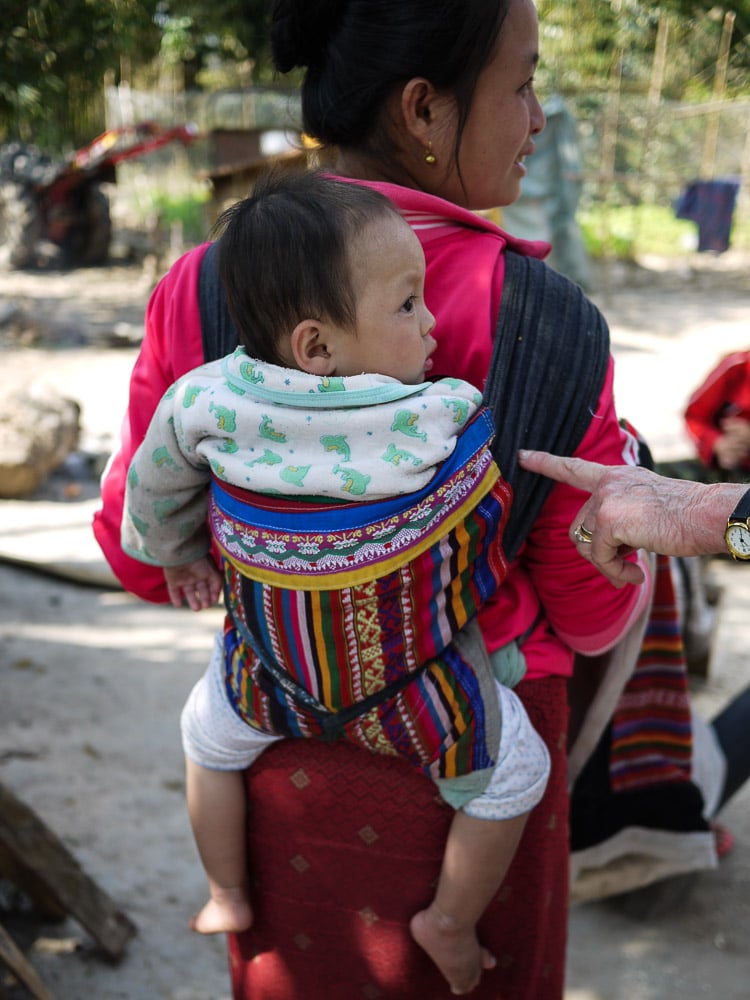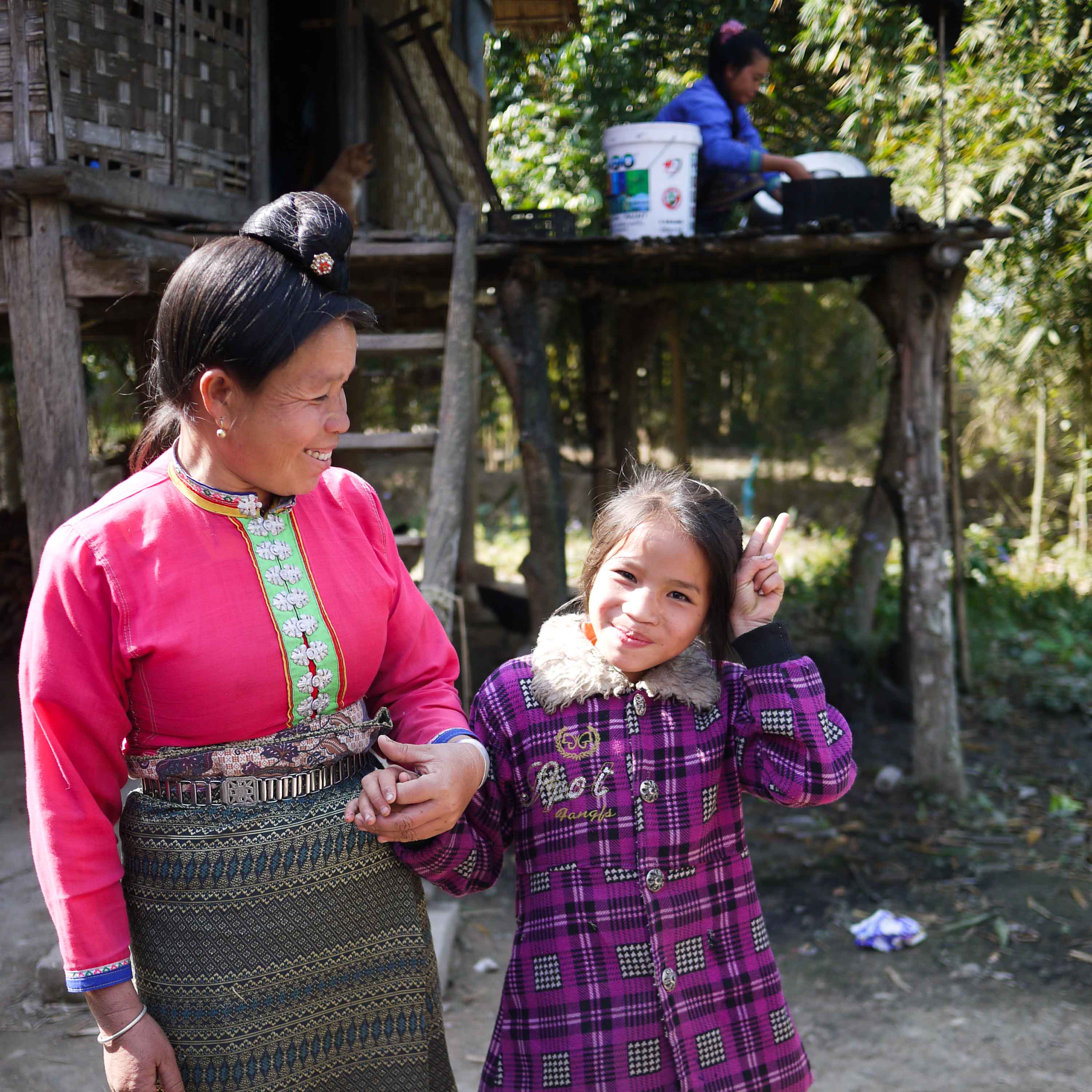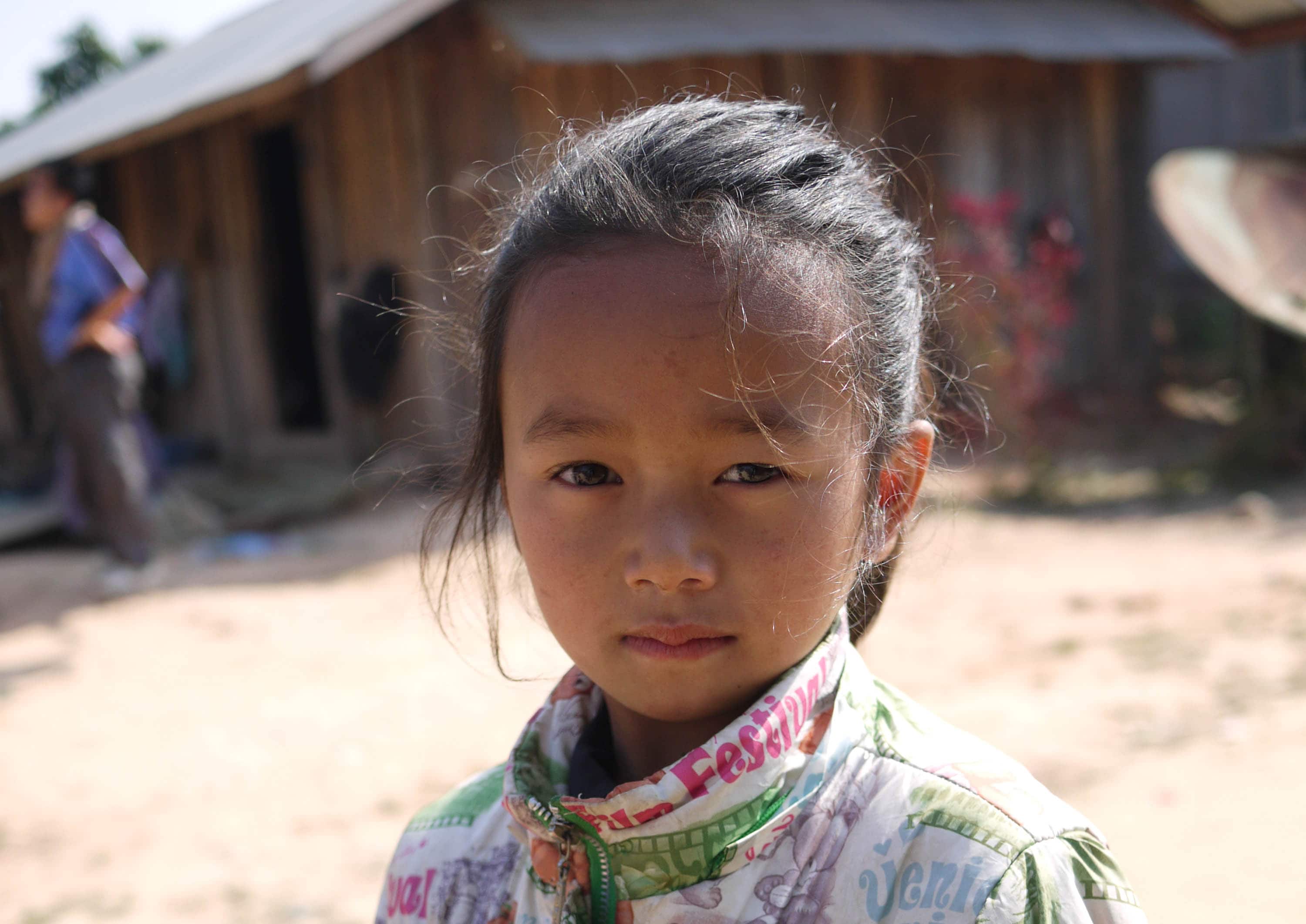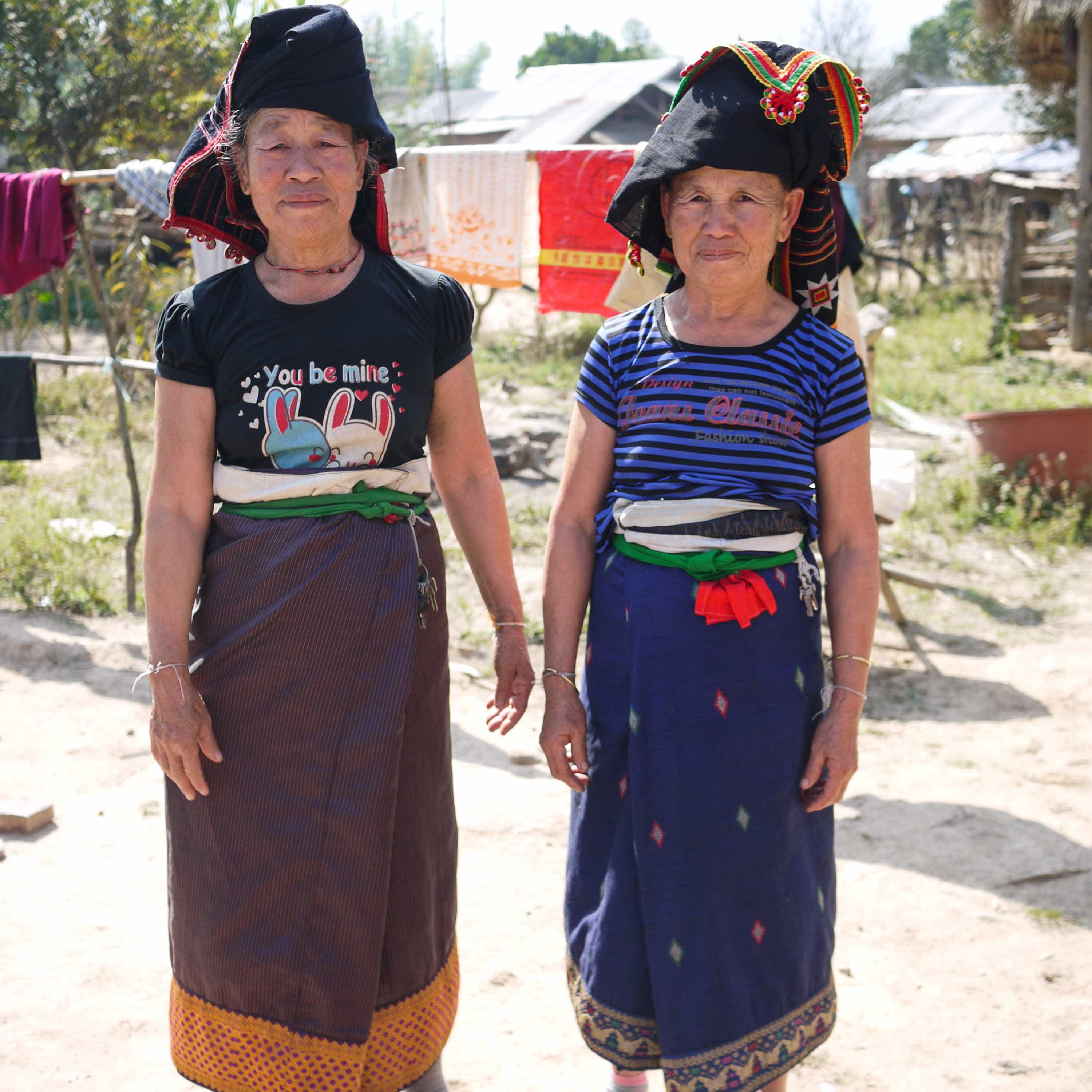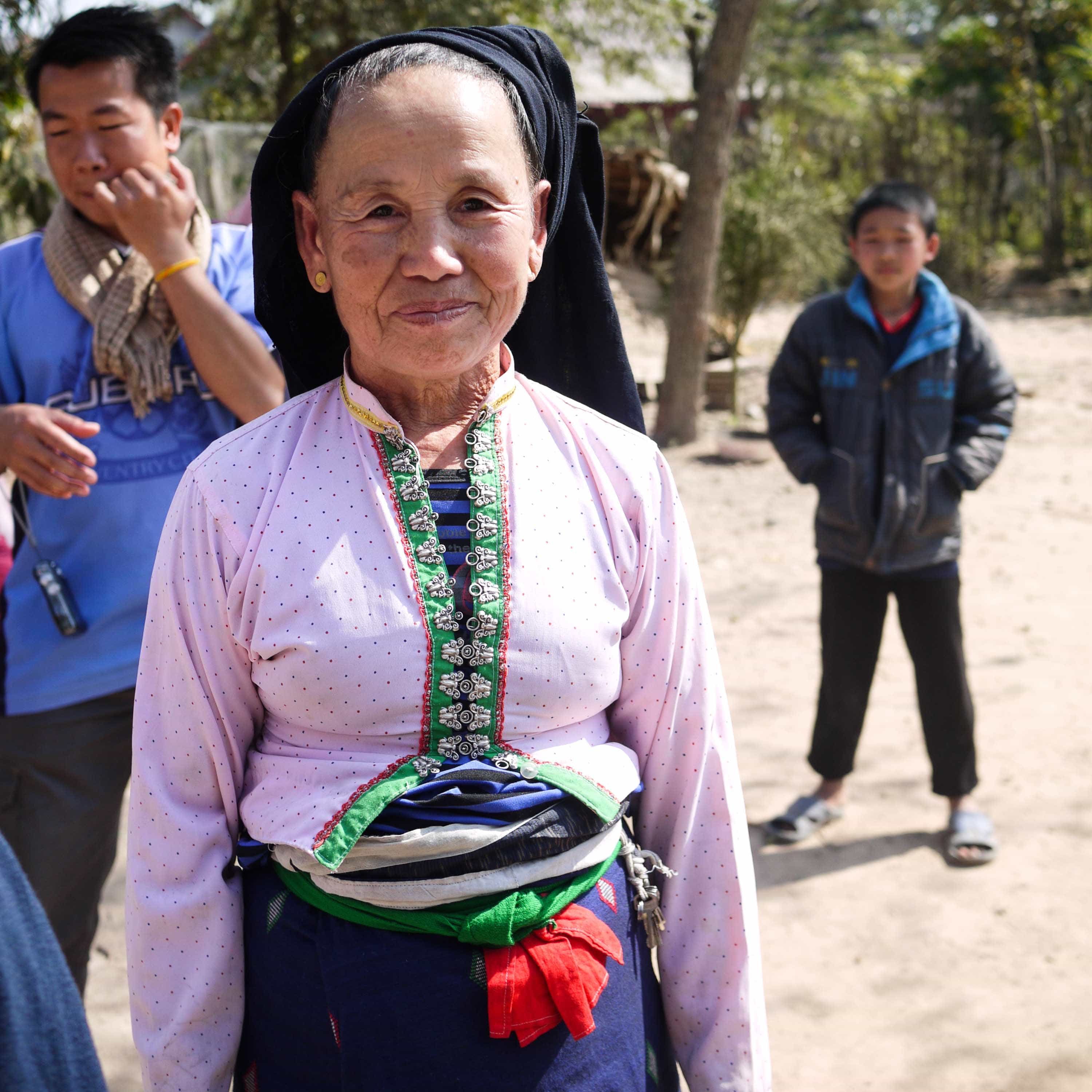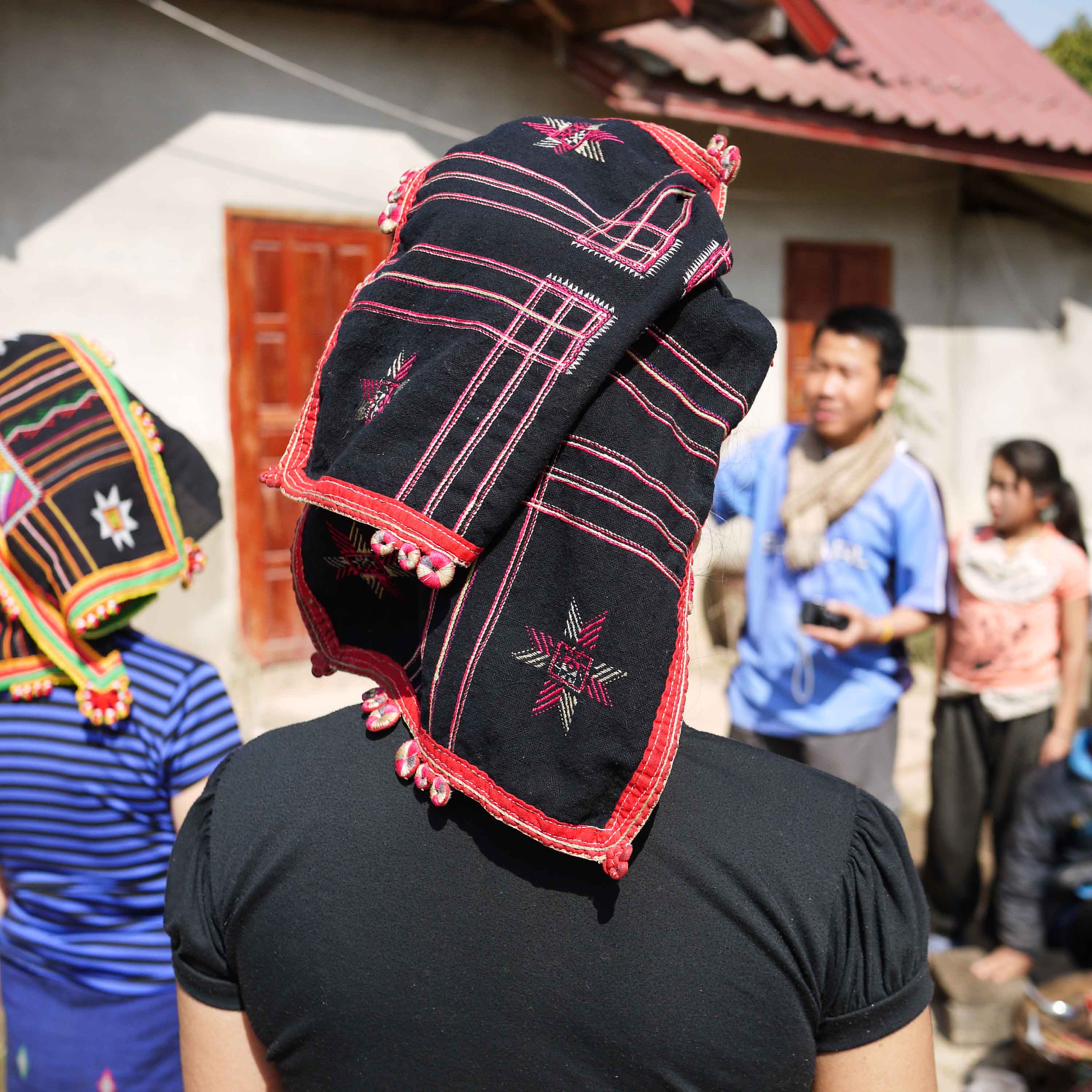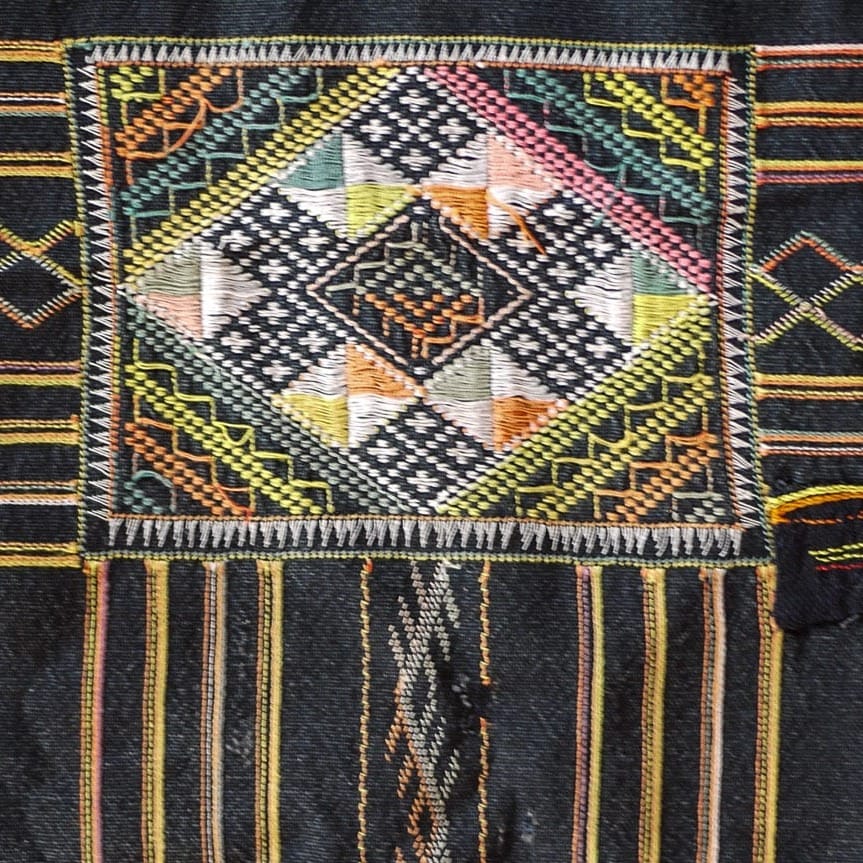Anthropologists and the Lao government are in general agreement that 47 main ethnicities live in the landlocked Southeast Asian nation of Laos. While designer Lauren Lancy was based in Luang Prabang during 2013, she visited one such group - the Tai Dam people - living near the border of Laos and China.
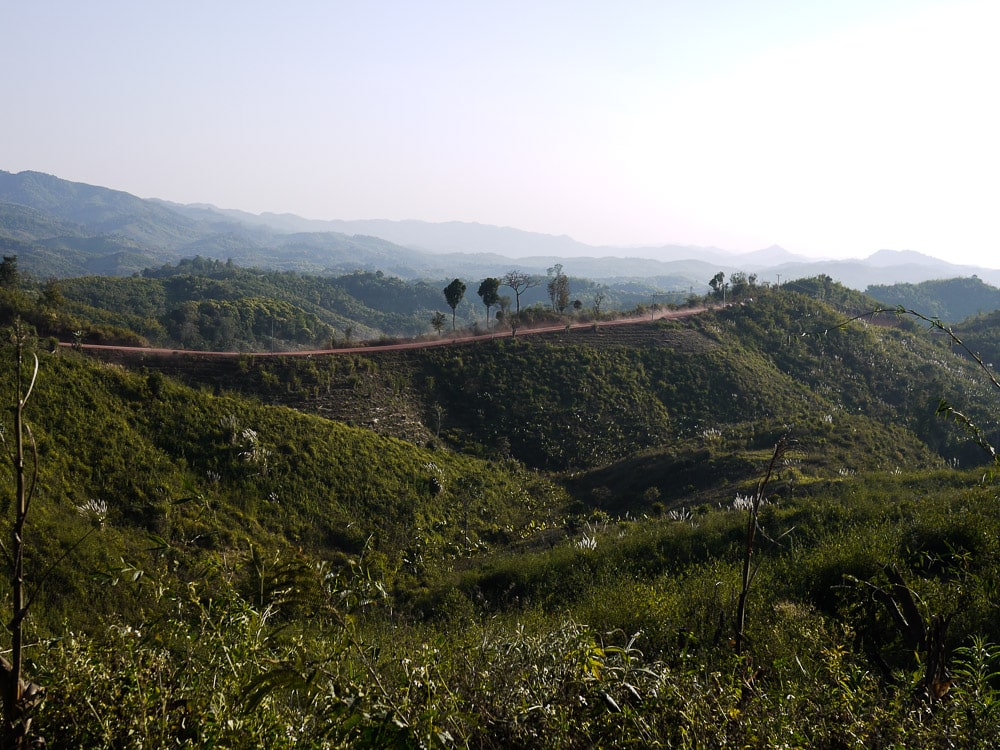
While I was on a trip to visit an embroiderer named Famjoy near Muang Sing, Laos I decided to make a stop at a Tai Dam village. My bus journey to the northern-most region of the country had provided me with sweeping mountain views and valleys dotted with rice paddies. The only evidence that the packed-dirt switchbacks had once been paved were felt in the bump-bump-bumps as our humble bus rumbled over asphalt islands. These bits were all the remained of the road after the abuse of logging trucks and Laos's annual monsoons.
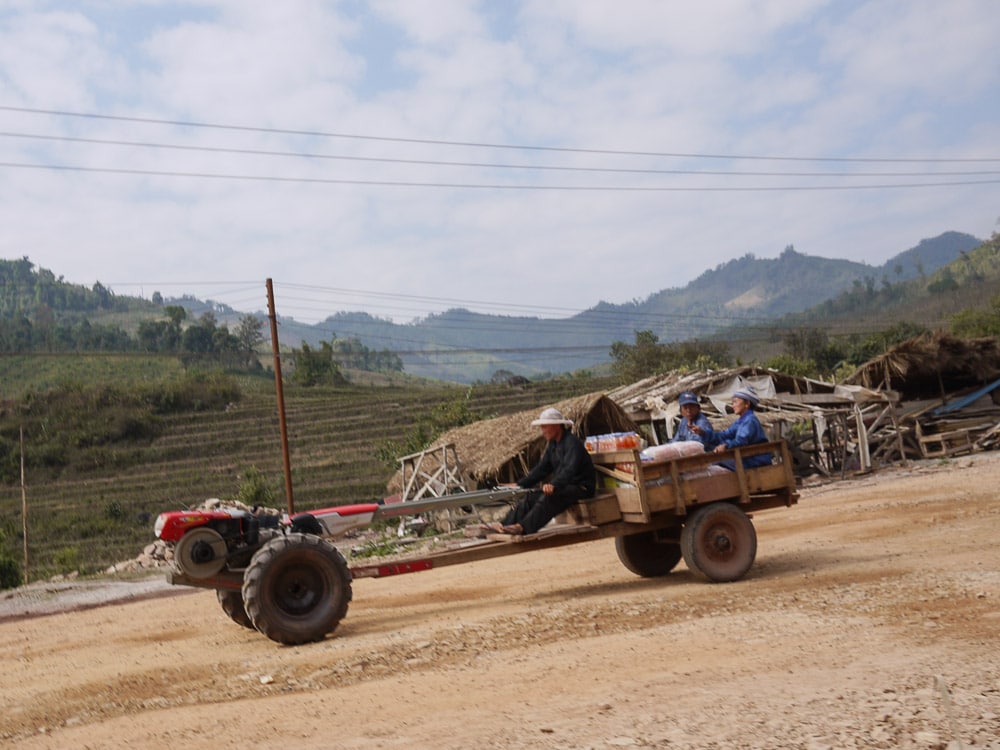
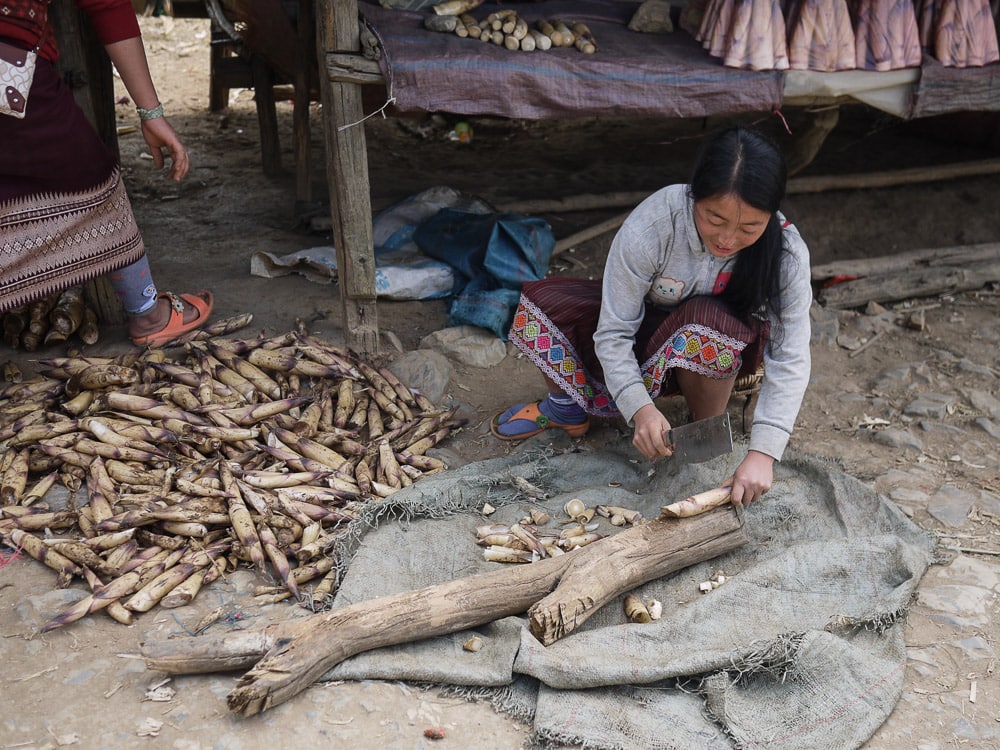
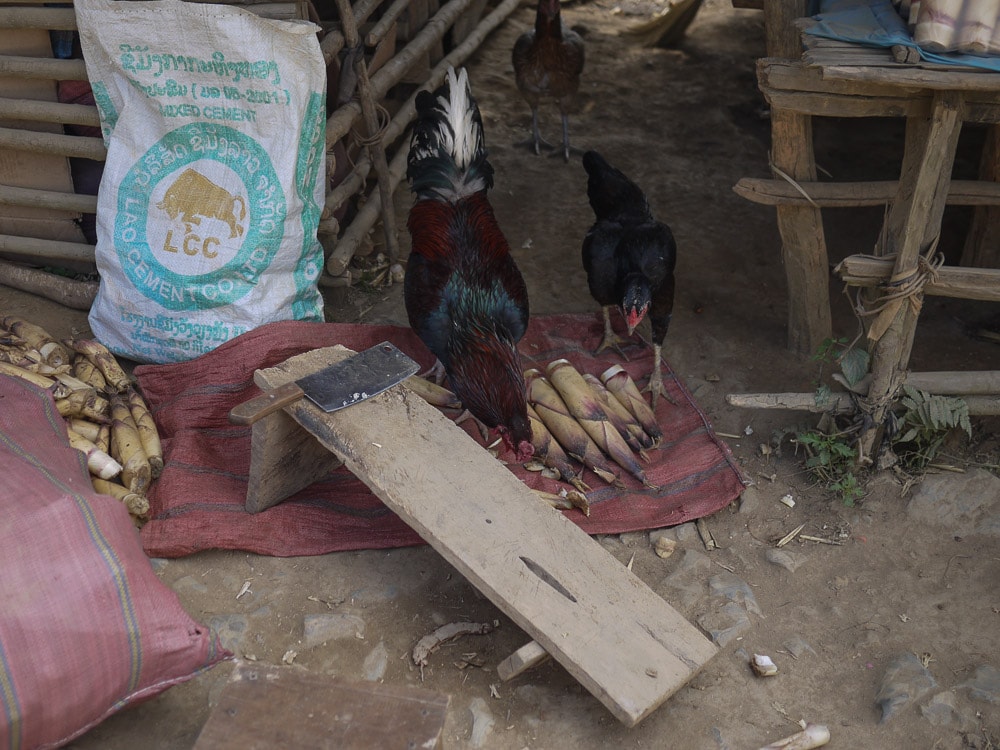
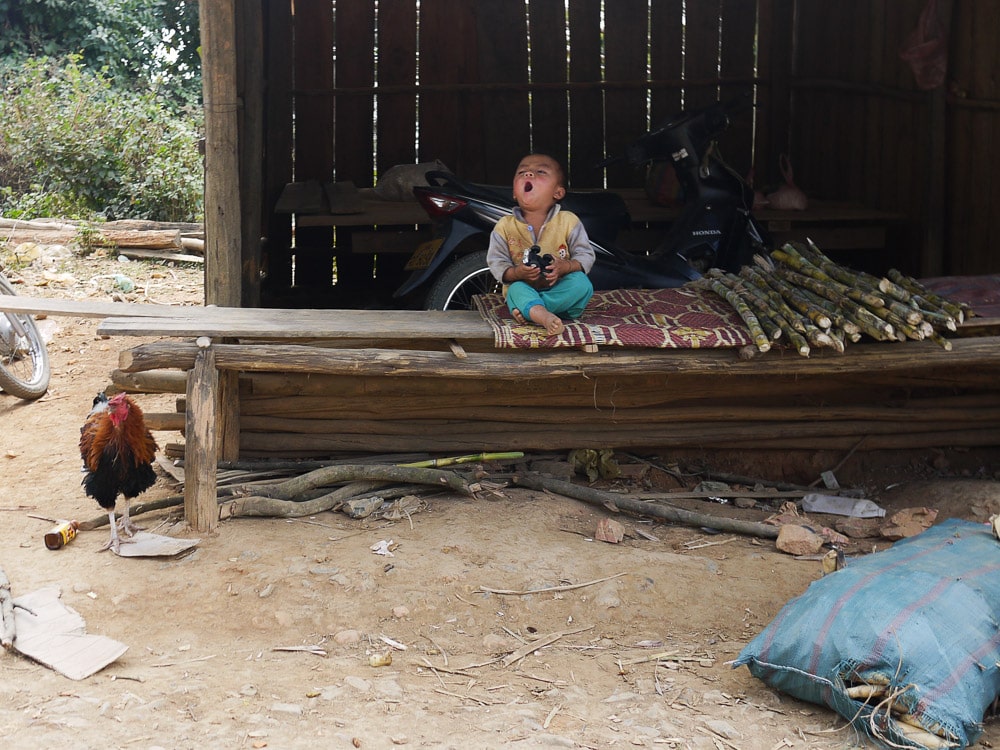
Despite spending a year in Laos' most northern city of Luang Prabang consulting for The Traditional Arts and Ethnology Centre, I had never met any Tai Dam people. I only knew them through the handiwork of their women who weave brightly-colored textiles.
The Tai Dam (Black Tai) are an ethnic group which originated long ago in Vietnam and can now also be found in Laos, Thailand, and China. They are known as “the people without a country” driven from Vietnam during the 1950s by the Vietnam-French war into Laos - and then again into Thailand during the Lao war in the 1970s.
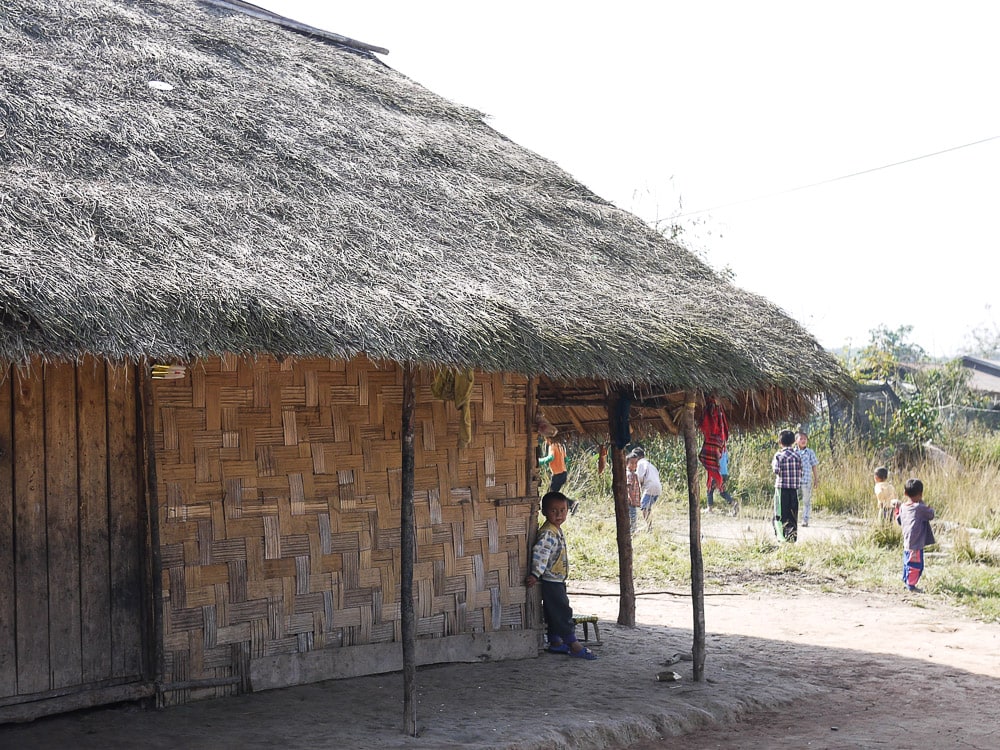
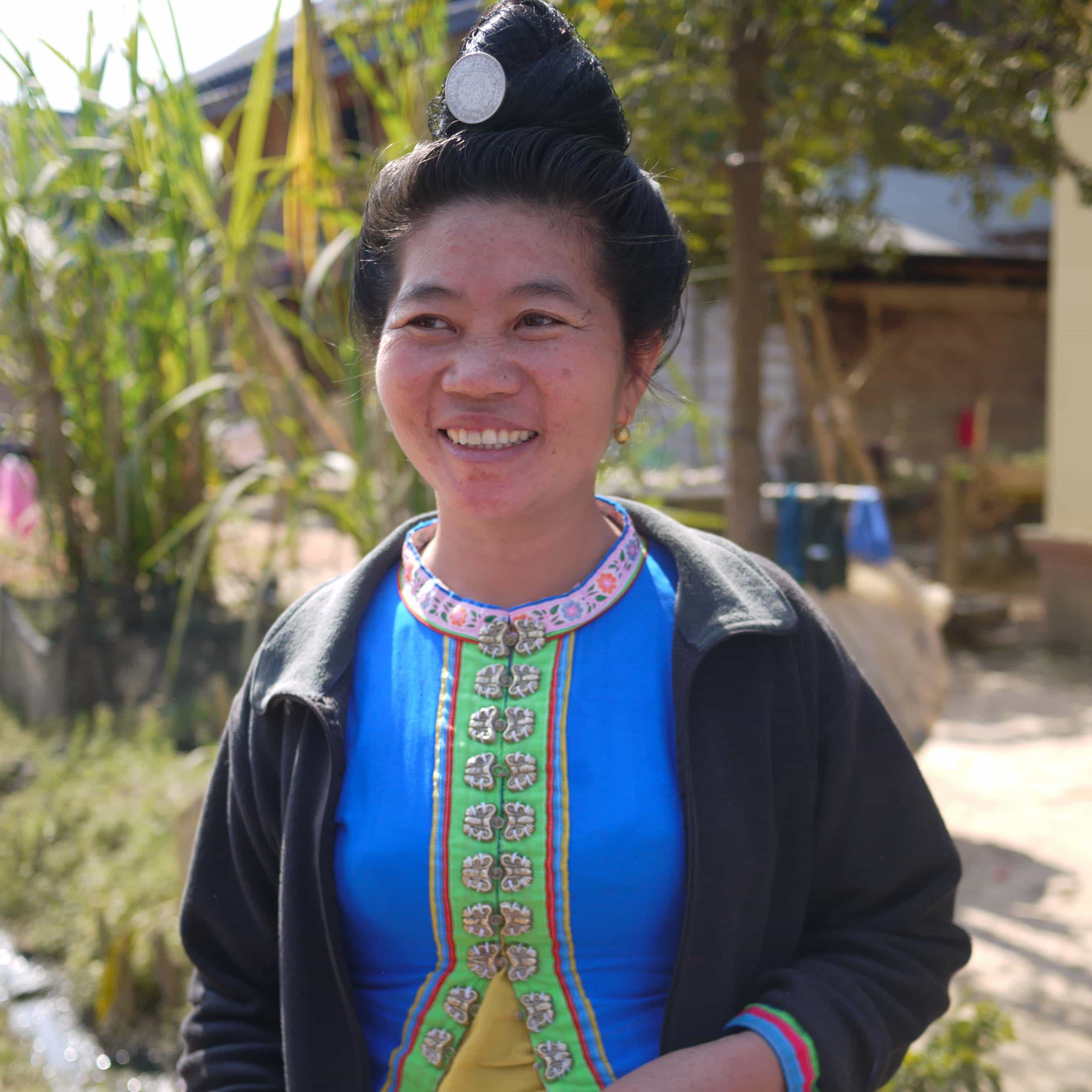
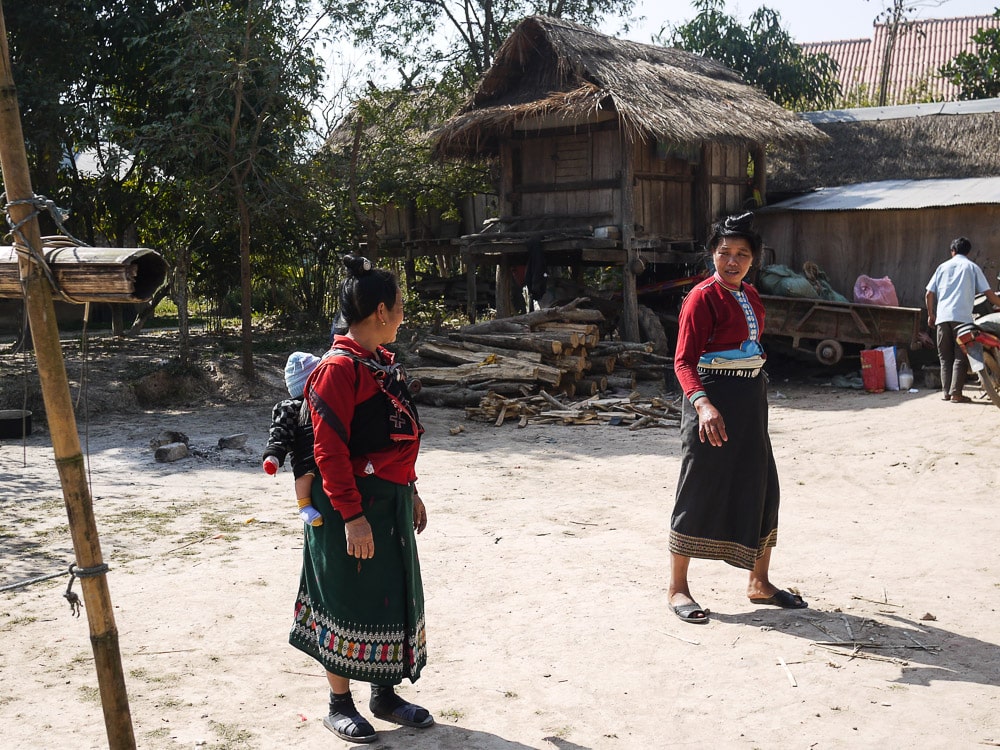
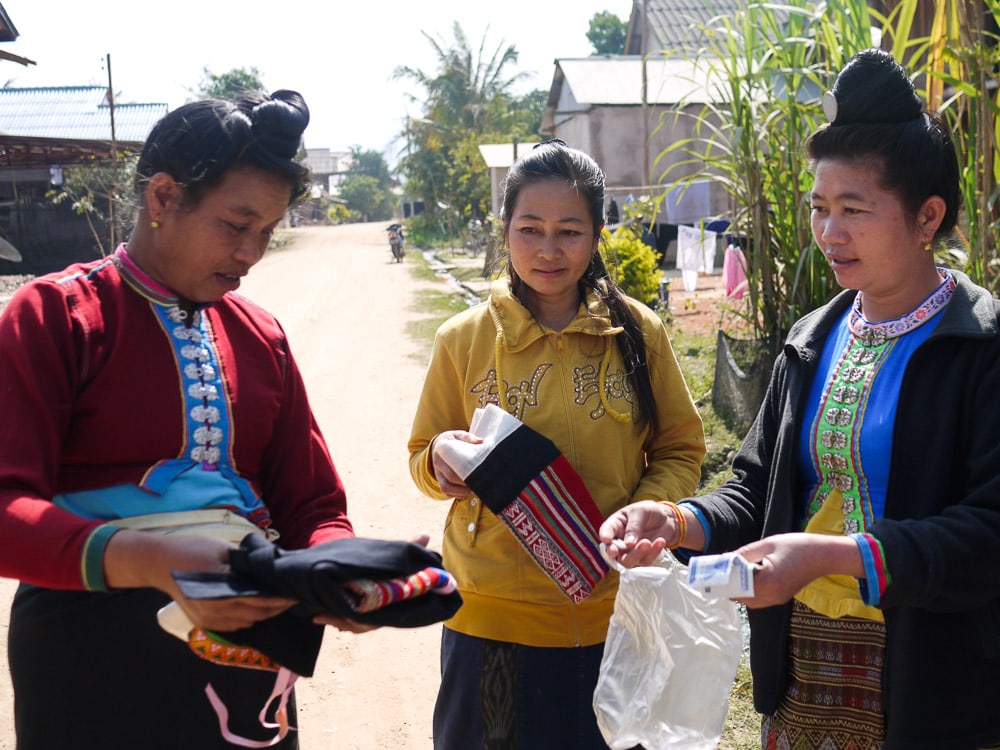
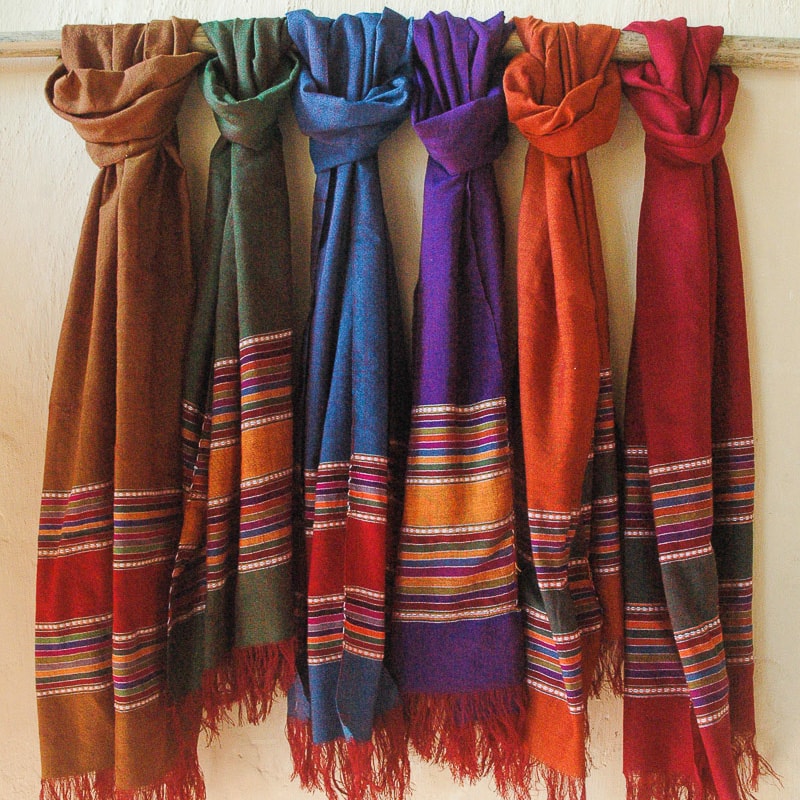
Women of Tai Dam communities traditionally wear tube skirts with a waist sash and fitted cropped blouses with silver closures. They fashion their long hair into tight top knots and wear intricately-stitched black headdresses, which is the reason they are know as "Black Tai" in translation.
My brief visit to the village was only complete after these reserved yet warm women had wrapped my head with their heritage cloths and had all modeled their bright blouses snapped snugly in place with silver fastenings and woven skirts called sinhs.
